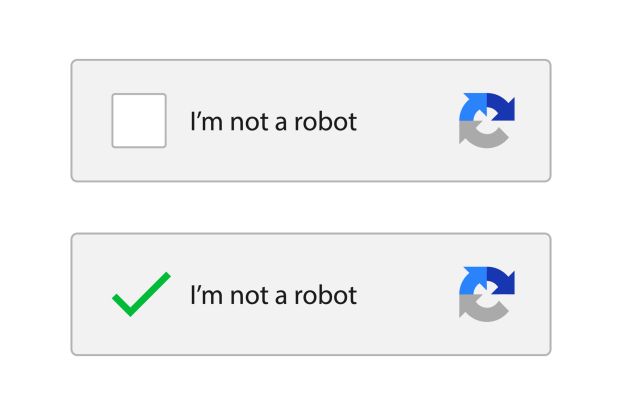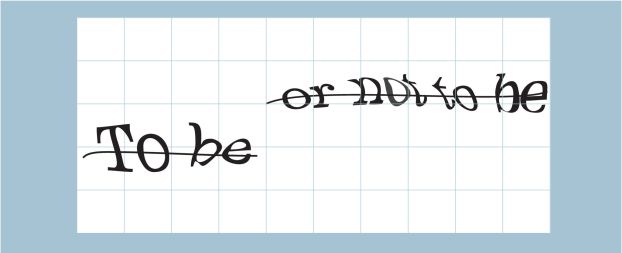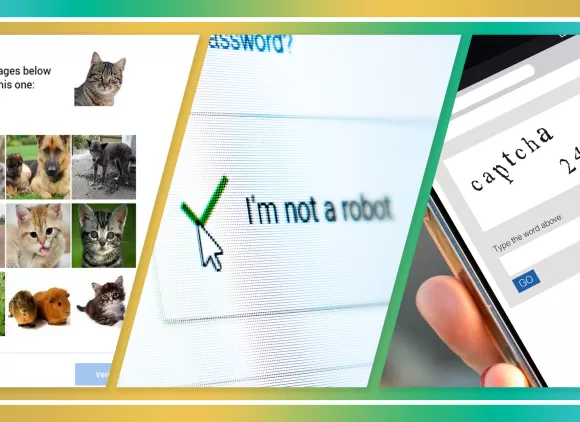
Credit: VectorUpStudio/Shutterstock
Are you human?
CAPTCHA traces its origins to the early 2000s with a playful showdown between computer science graduate students at Carnegie Mellon University (CMU) and MIT.
An online poll asked students to select the best computer science graduate school in the U.S., and students from both universities created programs that automatically voted for their schools. Six billion votes later, the poll got taken down, and the idea for CAPTCHA was born.
Short for "completely automated public Turing test to tell computers and humans apart," CAPTCHA uses characters that non-visually impaired humans can read but which bots cannot. It prevents a program from making thousands of fake email accounts or buying all the concert tickets.
Introduced in 1950 by scientist Alan Turing, the Turing test evaluates a machine's ability to exhibit intelligent behavior similar to a human. Generally, this involves a person and a computer answering text-based questions. A second person then decides which answers came from the computer. If the computer can trick the second person, it has passed the Turing test.
The inventors
One of the inventive minds behind CAPTCHA, Luis von Ahn, started his journey as a student at CMU. Within a few years of developing the tool, CAPTCHA was being used 200 million times a day on countless websites.
As a faculty member, von Ahn went on to invent reCAPTCHA with an undergraduate student. This new tool not only checked if you were human but also harnessed people's collective efforts to digitize hard-to-read text from old documents — an early, impressive example of crowdsourcing.
Through all of this, von Ahn (who also founded the language-learning app Duolingo) received substantial support from the U.S. National Science Foundation, earning prestigious awards such as a CAREER award and the Presidential Early Career Award for Scientists and Engineers.
Reference to a company does not constitute an endorsement by the U.S. National Science Foundation.

Credit: Claudio Divizia/Shutterstock

